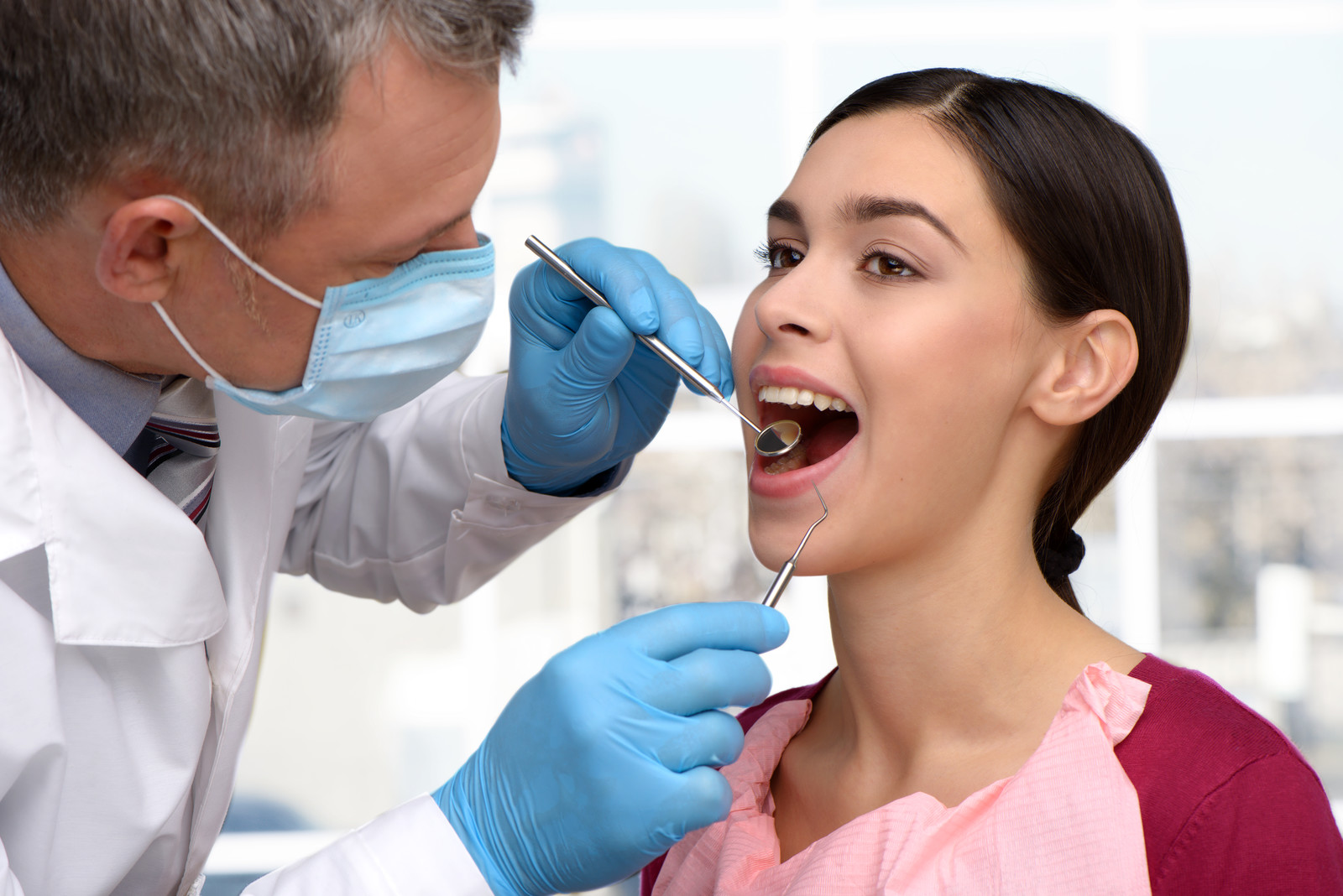Everything You Need To Know About Gum Grafting
Your dentist may recommend that you undergo gum grafting in Brandon if you have gum disease that has progressed beyond the point of gingivitis to the stage of periodontitis causing gum recession.
Gum recession describes when the edge of your gums around your teeth shrinks or pulls away from your teeth to expose an ever-greater amount of teeth and even the roots of those teeth. Gum recession is a result of periodontal disease and a cause of worsening periodontal disease. The deeper that those gums recede, the deeper that the pockets around your teeth become and the more bacteria and acids accumulate in those pockets. That increased accumulation fuels the destructive cycle of periodontitis that can, if not treated effectively, ultimately result in the loss of gum tissue and even teeth.
What causes receding gums?
The most common cause of receding gums is periodontal disease, but is not the only cause. In addition to periodontitis, receding gums can be caused by poor oral hygiene, awake or sleep bruxism (grinding your teeth and clenching your jaw), hormonal changes during pregnancy or menopause and misaligned bites between your upper and lower jaw.
How are receding gums treated?
If you have symptoms of receding gums — increased tooth and tooth root sensitivity, especially — you should immediately contact your dental clinic in Brandon to arrange an appointment where your dentist will examine your gums thoroughly. If you have an active gum infection, your dentist will recommend steps to treat and address that infection before you lose too much gum tissue. Once the active infection has been addressed, your dentist will explain the treatment option for dealing with your receding gums: gum grafting.
Gum grafting near you is a minimally invasive treatment performed under local anesthesia so you’ll experience no discomfort during the procedure. Gum grafting involves taking small pieces of flesh from elsewhere in your mouth (often from the upper surface of your mouth) and relocating that flesh onto your gums to cover and fill the pockets left behind by your receding gums. Over time, the grafted tissue will grow into and bond with your gum tissue to restore your gums and jaw to full health.
What to expect during recovery
Your dentist will provide you with detailed aftercare instructions to ensure that you recover from your gum grafting procedure without complications or surprises. The staff at your dental clinic in Brandon may also prescribe preventative antibiotics to take to avoid infection.
Your teeth may feel more sensitive than usual in the days following a gum grafting procedure. Try toothpaste or mouthwash specifically for sensitive teeth to help with those symptoms. You will also notice some swelling in your gums; that’s normal and it will recede. While recovering and until your follow-up appointment and until you get the all-clear from your dentist, limit yourself to a liquid and soft foods diet without any extreme temperatures. At your follow-up appointment, your dentist will ensure your grafted tissues are attaching properly and healing well. If you received any stitches that need to be removed, your dentist will remove those stitches at this appointment.
While no two patients are the same, the typical patient recovers from gum grafting surgery within a week or two. If you notice symptoms that worsen rather than improve or any surprises, don’t hesitate to contact your dentist at any time. Gum grafting is a routine procedure that is almost invariably performed without complications or infection. It’s an effective solution for the consequences of receding gums and a fresh opportunity to keep your gums healthy.



I simply could not depart your web site before suggesting that I really loved the standard information a person provide in your guests? Is gonna be back steadily in order to inspect new posts. orthodontists in birmingham al
ReplyDeleteVery informative article — it’s great that you emphasize why gum grafting can be such an important solution when gum recession or periodontal damage has progressed. As you explain, receding gums don’t just affect appearance — they can expose roots, increase sensitivity, and even raise the risk of further bone or gum loss. For anyone concerned about gum health or needing a graft, it’s worth going to a trusted provider, ideally the best dentist in Springtown, so you get careful evaluation and long-term results. Thanks for sharing this — it’s an excellent resource for anyone wanting to protect their smile.
ReplyDelete